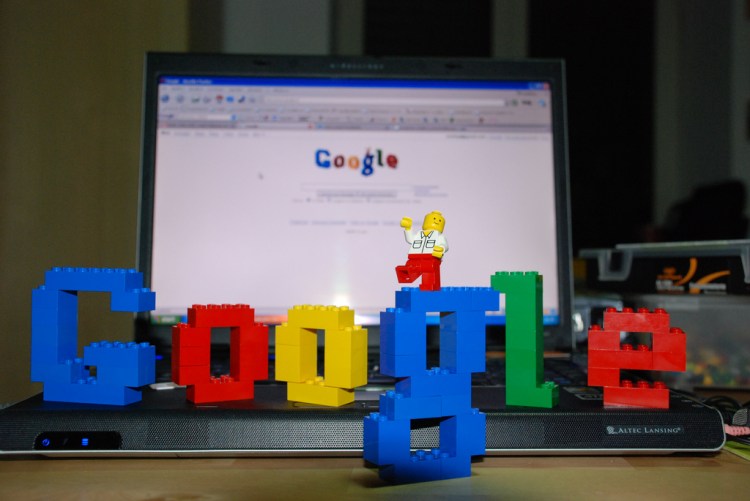This year Google made one of the biggest changes to the engine that drives its cash flow ever. And that change was supposed to drive increased revenue and higher costs per click.
I guess someone forgot to tell Google.
Adobe’s ad division said CPCs were already up 6 percent last quarter. The Search Agency said that click prices were up a massive 21.2 percent, quarter over quarter. And Covario said that CPCs jumped 7 percent.
Obviously, with all different numbers, they couldn’t all be right. Just as obviously after Google released yesterday’s quarterly revenue numbers showing that average ad prices dropped by 6 percent year-over-year, they were all wrong.
Dead wrong.
The key AdWords change in 2013 was Google Enhanced Campaigns, which merged mobile and desktop campaigns to create one blended cost for both. About half of Google’s searches will be on mobile by 2014, so it was a change that was due … but it was supposed to increase ad prices, mostly because desktop ads are much more expensive (and much better converting) than mobile ads.
And that’s exactly what happened — according to the big guys.
“I had trouble reconciling those studies with what I see with my business,” WordStream‘s Larry Kim told me today. “I primarily serve smaller businesses, while those companies primarily work with large enterprises.”
And that might be the key.
Half of Google’s Adwords customers are small business, and their experience of Google advertising is typically much different than large enterprises. The big boys hire Adobe, The Search Agency, Covario, and other similar agencies to buy for them. And typically, they compete in high-value, high-demand keywords.
That may have skewed those companies’ perceptions of what was happening, Kim told me.
“I didn’t publish a study, but I was very surprised,” he said. “We had actually seen that CPCs were going down.”
No one knows for sure exactly what caused the massive discrepancy, Kim cautions, and other possibilities include currency fluctuations and overall mobile share of advertising. For example, since mobile ads are cheaper, a greater-than-anticipated increase in mobile searches would drag down the overall average price.
In addition, Google has increasingly been expanding globally, and a source at Google mentioned that overall CPC prices aren’t just a U.S. phenomenon, although that’s often what’s most visible. Clicks in developing countries are much cheaper, and they drag the overall average down.
There’s one other possibility: Google knows what the hell it’s doing. And isn’t being evil.
“Maybe enhanced campaigns are working as they were intended,” Kim said. “Maybe that’s why smaller businesses are seeing success with them.”
The introduction of enhanced campaigns did retire certain features that were primarily used by larger companies, mostly because they were too technical or detailed for smaller AdWords customers to master. Kim says WordStream has upgraded 80 percent of its clients to enhanced campaigns … and is getting better return on investment as a result.
“Whatever happens to CPC prices, ultimately what matters is ROI,” Kim says.


